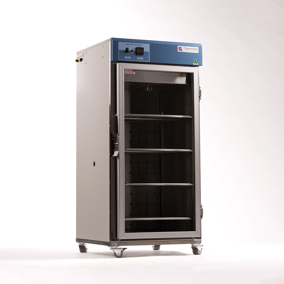Macadamia Drying Ovens TD-M
The controller is preset to do the following program
- 48 hrs. at 38°C
- 48 hrs. at 45°C
- 48 hrs. at 52°C
As per the Recommended Standards for Sampling Nut-In-Shell and Kernel Recovery Evaluation
Overview
The Thermoline macadamia drying oven is built upon our laboratory drying oven and features special controller parameters and the maximum shelving quantity. Macadamia nuts are commonly grown in regions with high humidity and must be dried to a specific moisture content to preserve their flavour and quality. For ultimate control and reproducibility, Thermoline has supplied these ovens to many macadamia farms in regions across Australia, New Zealand and South Africa.
The macadamia dehydrating oven operates by circulating heated air around the macadamia nuts across the open wire shelves, which helps to remove moisture from the nuts and achieve the desired moisture content. Drying to 1.5% kernel moisture facilitates cracking as the kernel shrinks from the shell wall, thus reducing the risk of physical damage to the kernel. The temperature and humidity levels within the oven are carefully controlled to ensure that the nuts are dried evenly and to prevent any damage or loss of flavour.
The Thermoline drying oven uses high-grade incoloy heating elements controlled by digital PID controllers to deliver heat to the chamber. Industrial-type fan motors circulate warm air, allowing the oven to maintain uniform temperatures and fast recovery after door openings. The internal liners are manufactured from 316 marine grade stainless steel along with stainless steel open wire shelving for superior corrosion and rust resistance.
These fan-forced dehydrating ovens feature a horizontal airflow system that ensures dry heated air is directed across each shelf space for effectively drying nuts anywhere inside the oven. Heated air is blown down the rear of the oven, where it is then forced over the shelf spaces via a perforated rear wall. Moist air is vented outside the oven via a top porthole. This prevents additional moisture from building up inside the oven. Internal airflow can be regulated by opening and closing the top ventilation ports.
Technical Data
-
BrandThermoline
-
Capacity500L - 700L
-
Models AvailableTwo
-
Temperature RangeAmbient +10°C to +70°C
-
Electrical10A/230V
-
CastorsYes
Support
At Thermoline, we strive to supply helpful customer support to ensure that you get the most out of our products. We are committed to providing whatever support our customers need, wherever they are in the world. If you can't find your solution in the below FAQs or Knowledge Base, please contact our friendly support team.
- What is the problem with drying macadamia nuts at high temperatures?
- Macadamia nuts dried using very high temperatures can retain a high internal kernel moisture content as the outer surface becomes too dry, trapping moisture inside the kernel.
- How can you tell when a macadamia nut is dried enough to have it cracked and removed from its shell?
Determining when a macadamia nut is dried enough to crack it and remove the shell can be done using visual and tactile cues. Here are a few indicators that the nut is dried enough:
-
Colour: A thoroughly dried macadamia nut should have a pale or light-brown colour, indicating that it has lost most of its moisture.
-
Sound: When shaken, a dried macadamia nut should produce a clear, rattling sound, indicating that the nut is loose inside its shell.
-
Texture: A dried macadamia nut should feel firm and hard to the touch, with no give or flexibility.
-
Shell: The shell of a dried macadamia nut should be relatively easy to crack, as the nut has shrunk away from the body as it dried.
It's important to note that the drying time for macadamia nuts can vary depending on the conditions and the method used, so it's best to monitor the nuts regularly and assess them based on the visual and tactile cues described above. Over-drying can result in nuts that are brittle and difficult to crack, while under-dying can result in nuts that are still moist and difficult to remove from their shells.
-
- How long does it take to dry a macadamia nut?
The drying time for a macadamia nut can vary depending on several factors, including the size and type of nut, the drying method used, and the ambient conditions such as temperature, humidity, and airflow. In general, it can take anywhere from several days to several weeks to dry a macadamia nut.
For example, air-drying macadamia nuts in a well-ventilated, shady area with low humidity can take 4-7 days, while using a dehydrator or a low-heat oven can take 2-3 days. Drying time can be reduced by increasing the temperature and airflow, but this must be done carefully to avoid overheating the nuts, which can result in damage to the kernels.
- What is the difference between Oven and Incubator?
A laboratory oven and a laboratory incubator are both commonly used in laboratory settings, but they have different purposes and functions.
A laboratory oven is used for drying, heating, or sterilising materials and is typically designed to operate at higher temperatures than a laboratory incubator. A laboratory oven typically uses air convection to circulate hot air throughout the chamber, and can be set to a specific temperature or temperature range. Ovens generally control temperatures +80°C and up.
A laboratory incubator, on the other hand, is used for maintaining a controlled, temperature-regulated environment for cell cultures, microbiological specimens, or other biological materials. Unlike a laboratory oven, a laboratory incubator is designed to maintain a temperature close to the physiological temperature of the material being incubated, usually between 30°C and 40°C. A laboratory incubator can also provide additional functions, such as humidity control and CO2 control, which are essential for the growth and maintenance of many types of cells and biological specimens.


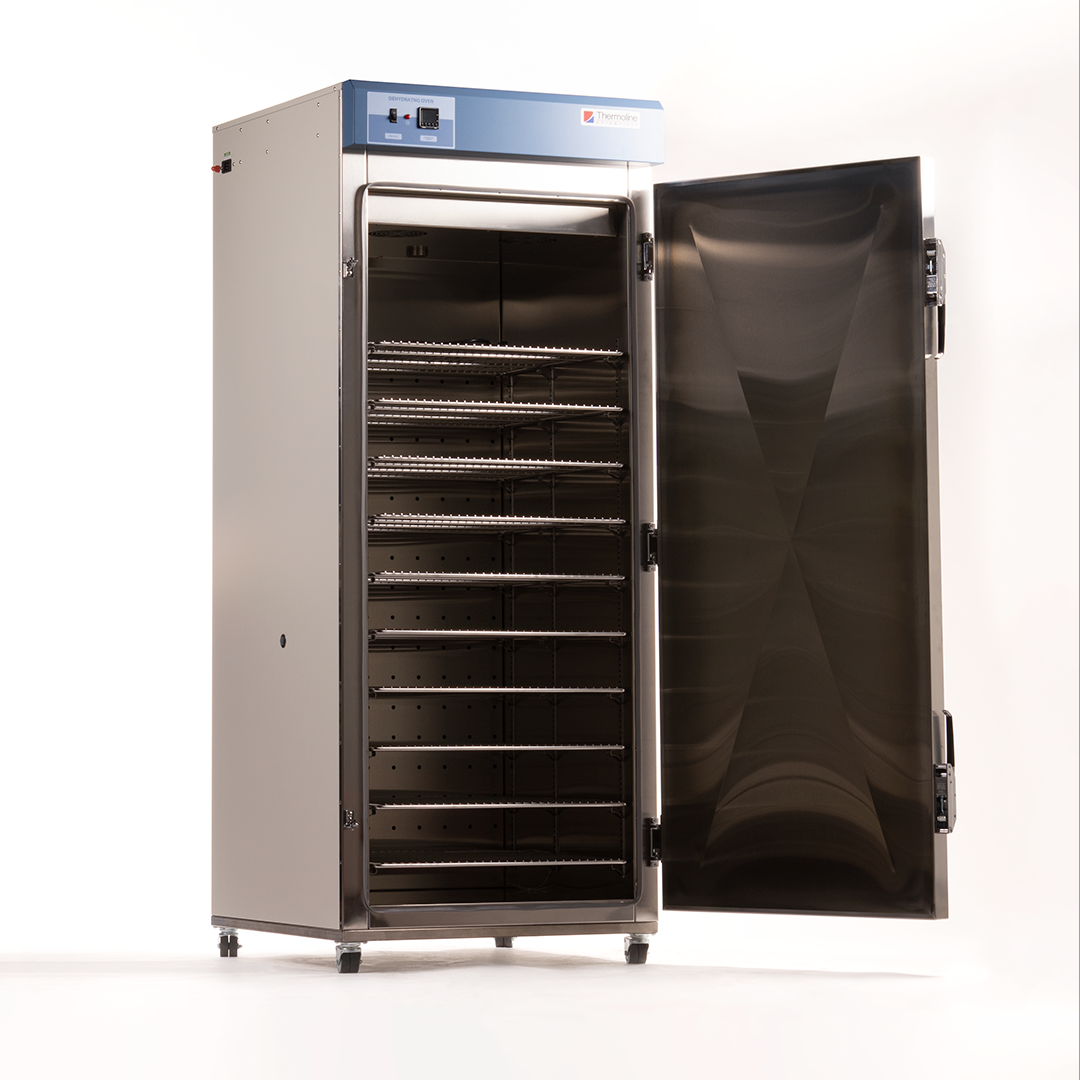
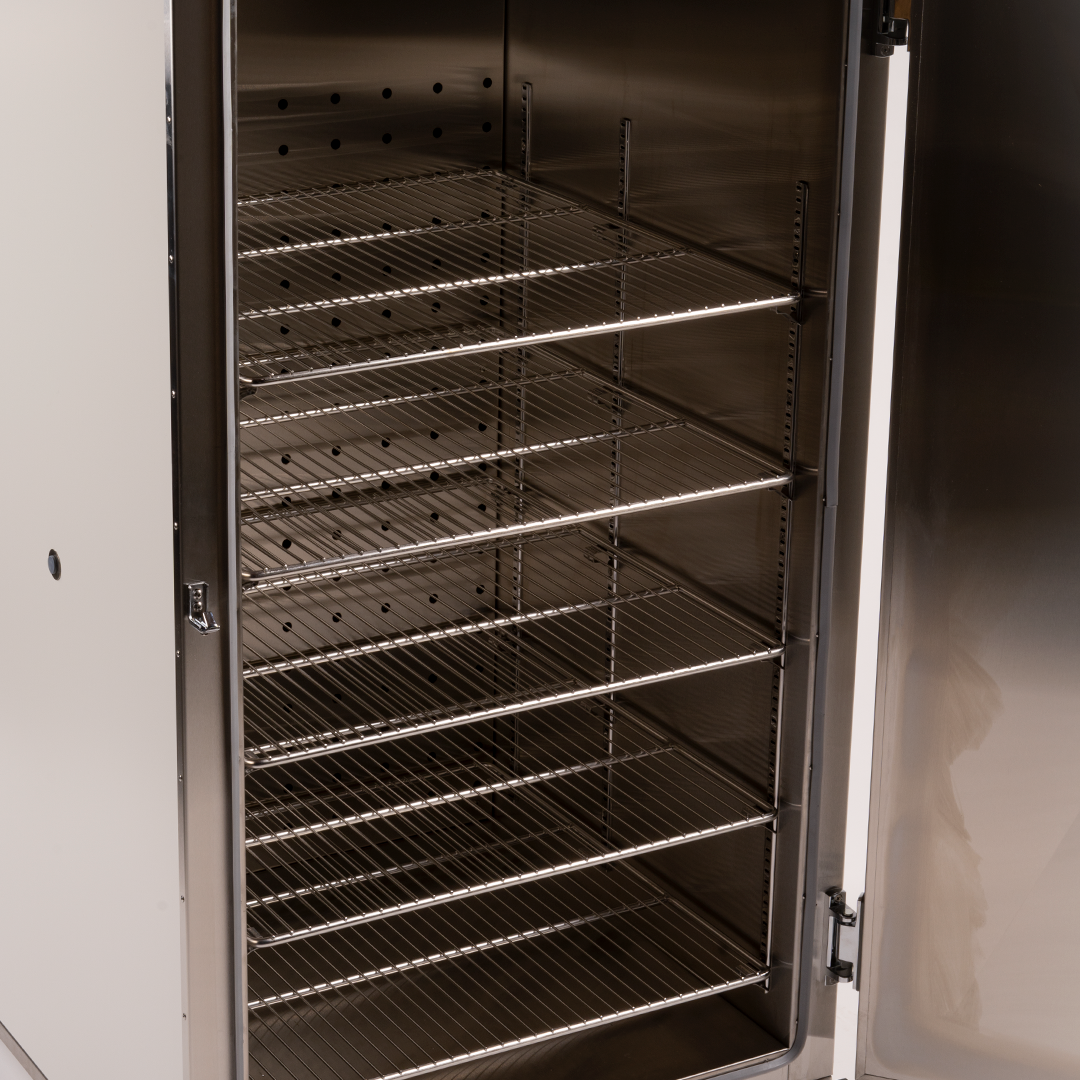
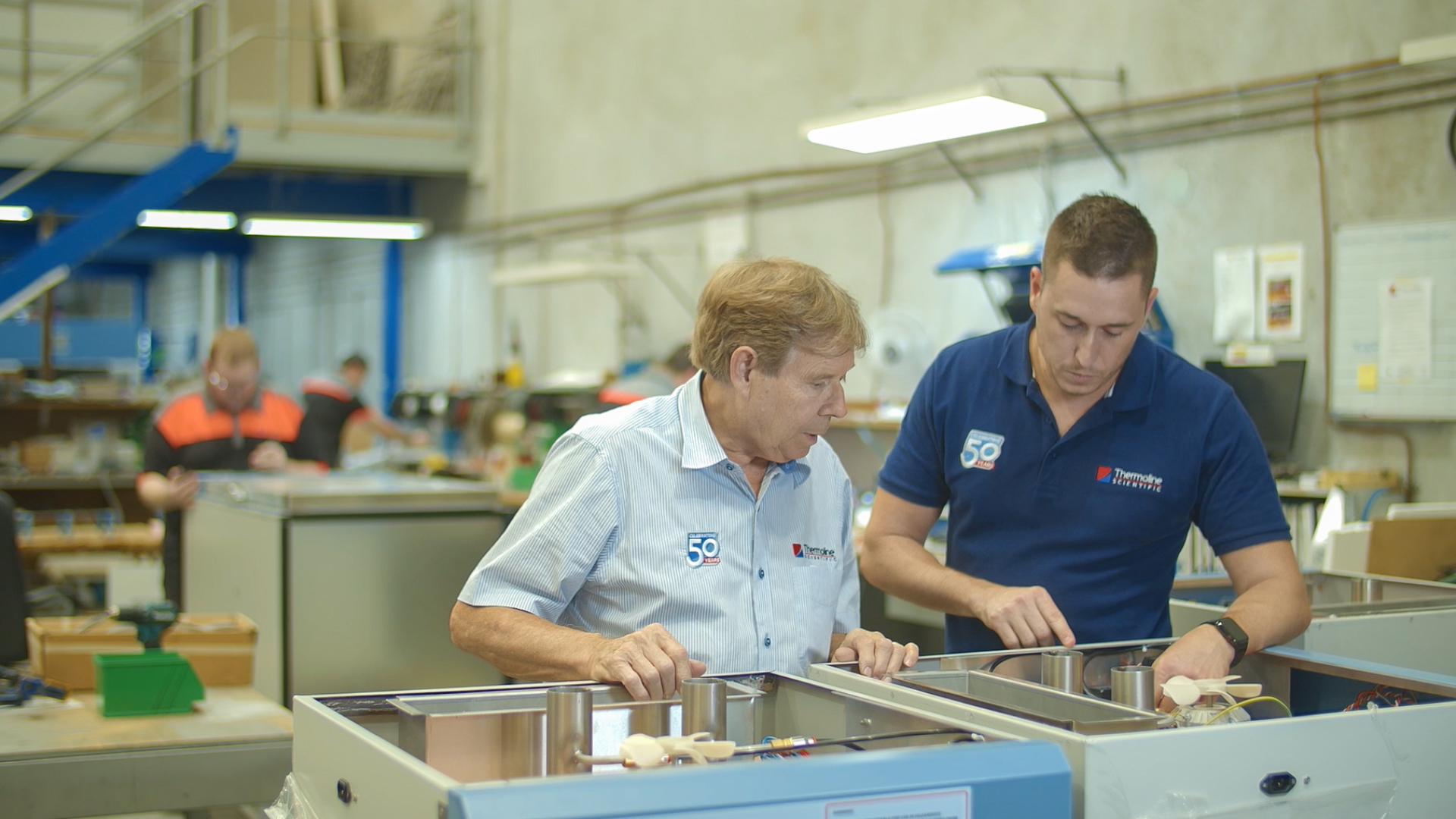

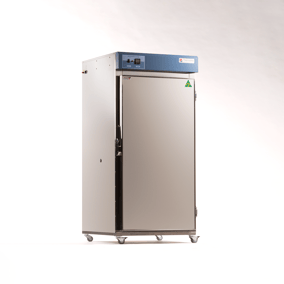
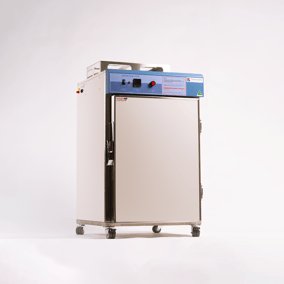
.png?width=284&height=284&name=TD(NEW).png)
